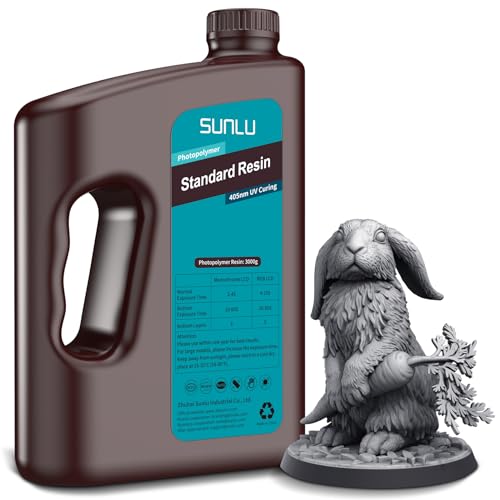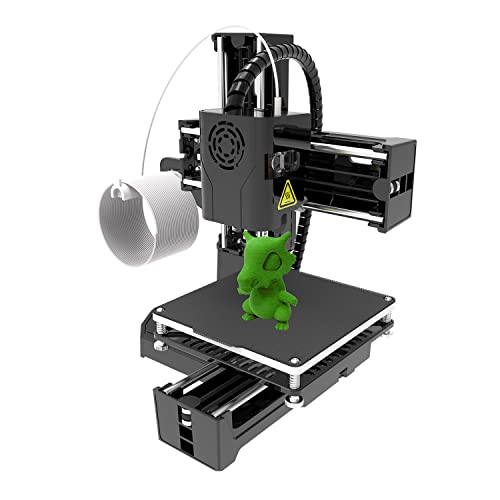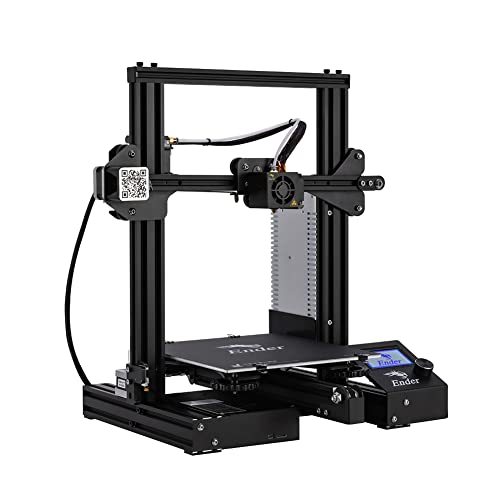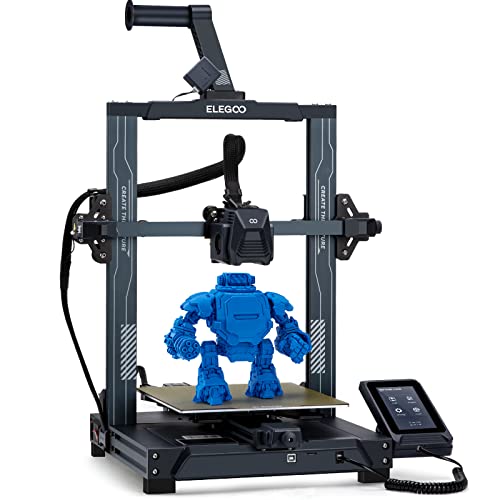3D printers are amazing tools, but they can sometimes throw a wrench in your plans. Let’s break down some common issues you might face and how to tackle them for smooth sailing with your printer.
First up, we have layers not sticking. If your prints are coming undone or the layers are separating, check your bed adhesion. Make sure the print bed is level and clean. Using the right bed temperature can help too. A little blue painter's tape or a glue stick can work wonders to get that first layer to stick!
Next on the list is stringing. If you notice those pesky little threads between parts of your print, it’s time for some adjustments. Lowering the temperature, tweaking the retraction settings, or increasing travel speed can help reduce stringing. It’s like fine-tuning a recipe: just a little change can make a big difference.
Another common headache is warping. This usually happens with larger prints or certain materials. Warping causes the corners of your print to lift, and it can ruin your whole project. To combat this, try using a heated bed, and consider adding enclosure to keep the temperature steady. A good adhesive on the bed can also help hold everything in place.
Lastly, let’s talk about under-extrusion. If your printer isn’t laying down enough filament, your prints might come out weak or incomplete. This can be due to a clogged nozzle or wrong settings. Make sure your nozzle is clean and check your flow rate settings. Sometimes, simply increasing the temperature can solve the issue.
Easy Fixes for Printing Problems
Having a bit of a hiccup with your 3D printer? Don’t worry, we’ve all been there. Troubleshooting doesn’t need to be daunting. Here are some easy fixes to common printing problems that can get your printer back on track.
Feed Issues: If your printer isn’t feeding filament properly, check for any tangles or knots. A quick fix is to cut the filament at a sharp angle before inserting it into the extruder. Clean the nozzle regularly to keep it clear, and make sure the extruder gears are gripping the filament tight enough.
Layer Shifting: If your prints are coming out with layers misaligned, this could be a sign of loose belts or stepper motors. Tighten any loose components and make sure your printer’s gantry is stable. Sometimes a quick recalibration of the axes can do wonders.
Stringing: Are those pesky strings ruining your prints? Lower the temperature of your nozzle slightly or increase the retraction settings in your slicing software. Sometimes, just fine-tuning a few settings can make a big difference.
Remember, 3D printer troubleshooting doesn’t have to put you in a panic. Just take it one step at a time, and before you know it, you’ll be back to printing those amazing projects!
SUNLU 3000g Dark Grey 3D Printer Resin
Get stunning detail and durability with this high-quality dark grey resin, perfect for your 3D printing projects
Product information
$69.99
Product Review Score
4.38 out of 5 stars
179 reviewsProduct links
Tips for Smooth 3D Printing
Getting started with 3D printing can feel overwhelming, but it doesn't have to be! Here are some straightforward tips to keep your prints running smoothly and make the whole 3D printer troubleshooting process much easier.
First off, make sure your printer is level. An unlevel bed can lead to all sorts of issues, from poor adhesion to print failures. Use a piece of paper to gauge the distance between the nozzle and the bed. A little adjustment can go a long way!
Next, check your filament. Make sure it's dry and stored properly. Moisture can mess up your prints and lead to clogs. If your filament feels damp, consider drying it out in an oven at a low temperature for a bit. A little attention here can save you from headaches later on.
Pay attention to your print settings. For instance, the right temperature can make all the difference. Each filament type has its own sweet spot, so doing some research can help you avoid sticky situations. And don't forget about speed; sometimes slower is better!
Finally, keep your printer clean. Dust and old filament can affect performance. Regularly clean the nozzle, bed, and any moving parts to keep everything in top shape. When you're proactive about maintenance, you’ll spend less time on 3D printer troubleshooting and more time creating awesome prints.
Bambu Lab P1S Combo 3D Printer with AMS
Get ready for hassle-free 3D printing and vibrant colors with this all-in-one printer and automatic material system
Product information
Product Review Score
4.27 out of 5 stars
172 reviewsProduct links
When to Seek Professional Help
You’ve been tinkering with your 3D printer for hours, and nothing seems to be working. You’ve followed all the tips and tricks, but that pesky issue just won’t go away. It’s frustrating, right? That’s when you might want to consider getting some professional help.
If you find yourself facing repeated problems that you can't seem to fix, it’s probably a good time to consult an expert. This might include issues like persistent clogs in the nozzle, strange noises that just don't sound right, or parts of your print consistently failing. It’s totally normal to hit a wall sometimes!
Another sign you need help is when you’re running out of patience. If troubleshooting is making you more stressed than excited about printing, reaching out to someone with the know-how can really save your sanity. Plus, learning from the pros can often lead to better long-term results.
Finally, if you’re new to 3D printing, don’t hesitate to ask for guidance. You’re not alone in this journey. Connecting with a professional can speed up your learning process and get you back to creating amazing prints sooner. Remember, 3D Printer Troubleshooting doesn’t have to be a solo mission!







